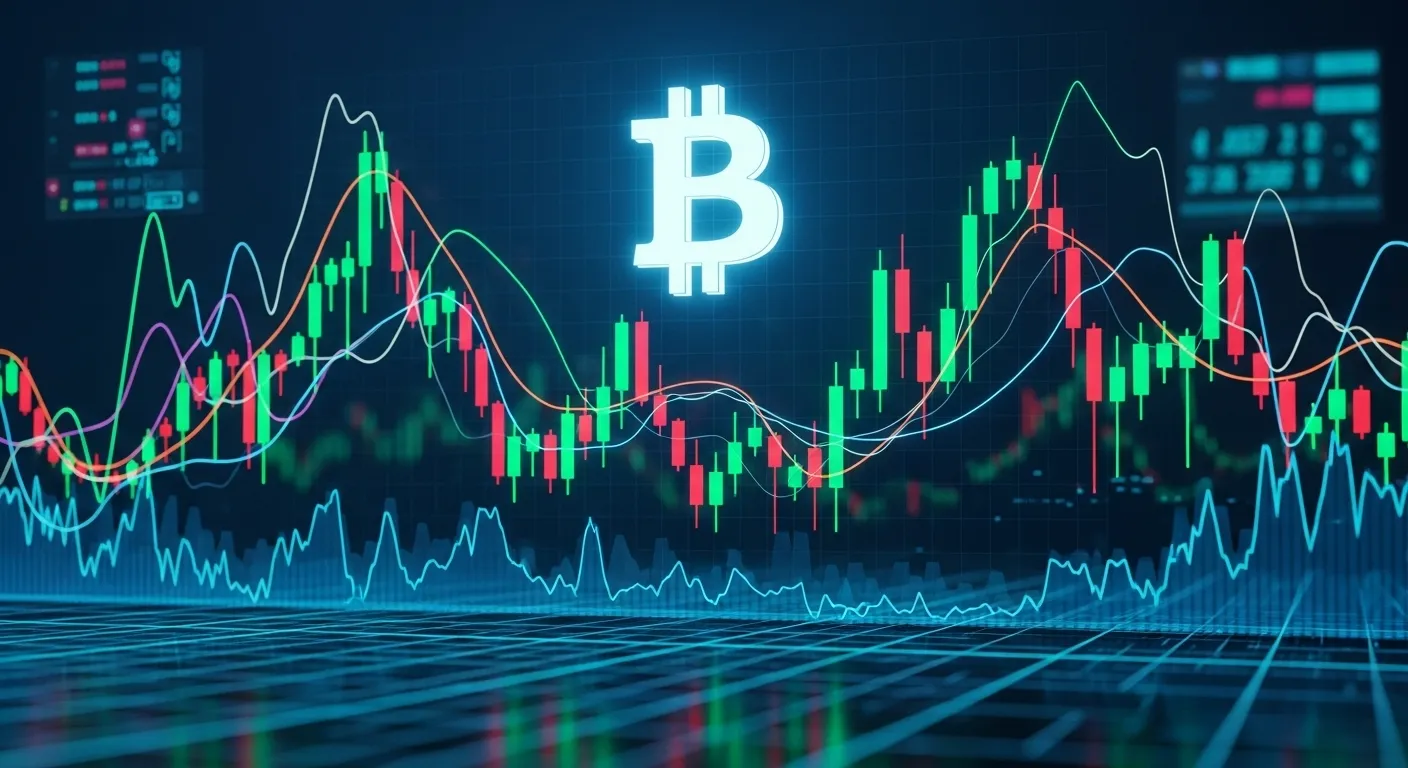The Bitcoin market breathes. It has deep, long, and surprisingly predictable cycles of expansion and contraction. For those who are new, these cycles can feel violent and chaotic. But for those who have spent years watching its rhythm, you start to see the patterns. You learn that the most explosive bull runs are not sudden, random events; they are the predictable result of immense pressure that builds up slowly, deep beneath the surface.
I’ve come to think of the market as a vast ocean. Every four years, a deep and powerful earthquake happens on the ocean floor: the Bitcoin Halving. This is a programmed shock to the system, where the rate of new supply being created is cut in half, forever. On the surface, nothing seems to change at first. The ocean remains calm.
But then, if you are watching closely, the telltale signs begin to appear. The first sign is subtle: the tide starts to slowly, almost imperceptibly, beginning to recede far from the shore. This is the period of 'whale accumulation,' which you can see on on-chain analysis tools. Large, patient investors are quietly pulling supply off the market. Then, you notice the water level (trading volume) on the exchanges beginning to rise, long before the price makes any dramatic moves. This is the ocean gathering its energy. These are the quiet, almost eerie signals that a tsunami is gathering strength far out at sea.
The bull market itself is the moment the wave finally becomes visible on the horizon and comes crashing ashore. It’s the period of explosive price growth, mainstream media attention, and retail FOMO it’s the moment everyone on the beach finally sees the wave on the horizon and starts panicking. The savvy observer, however, was not on the beach. They saw the tide go out months earlier and positioned themselves on high ground, ready to ride out the beautiful and terrifying power of the wave.
Trading Bitcoin is not about predicting the news or chasing the hype. It is about understanding its deep, underlying, almost geological rhythm. It’s about having the patience to watch the ocean during its long periods of calm, and the wisdom to recognize the subtle signs of the tide going out. The earthquake has already happened. The tide is already moving. The only question is whether you’re watching.

